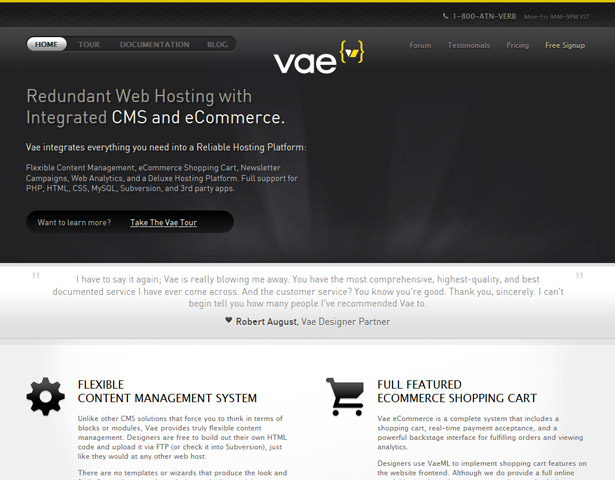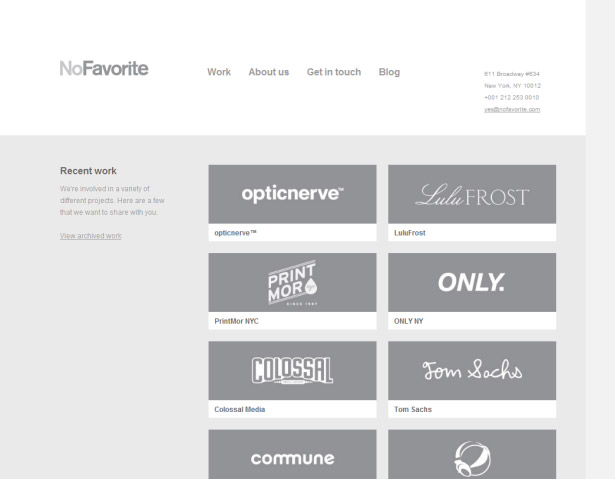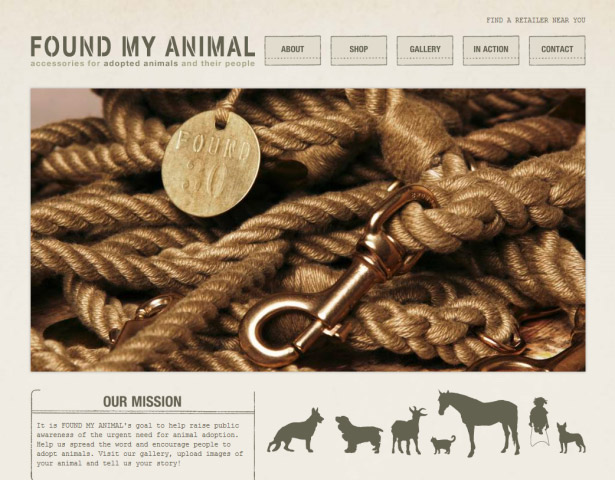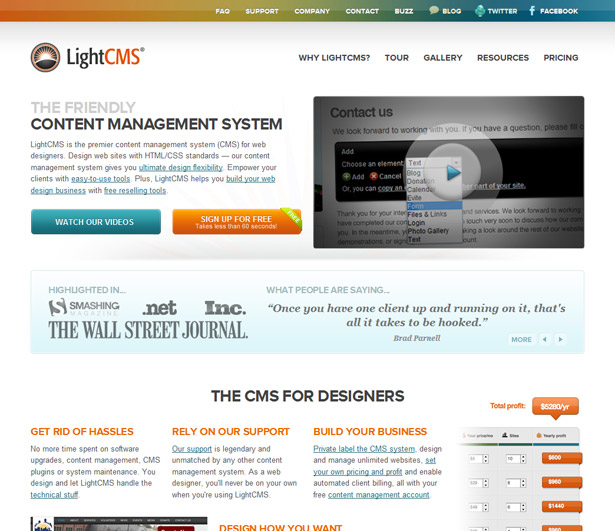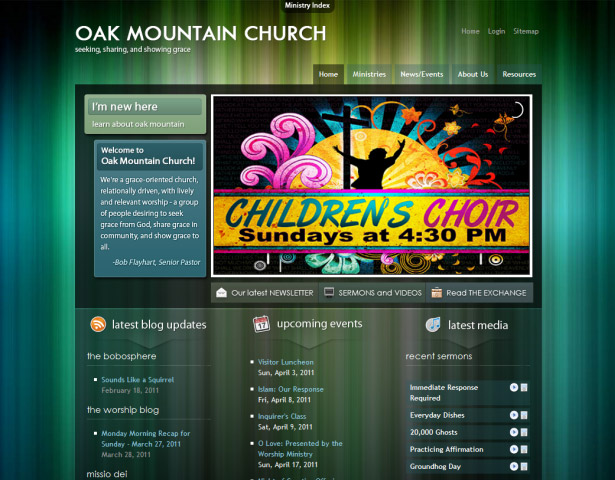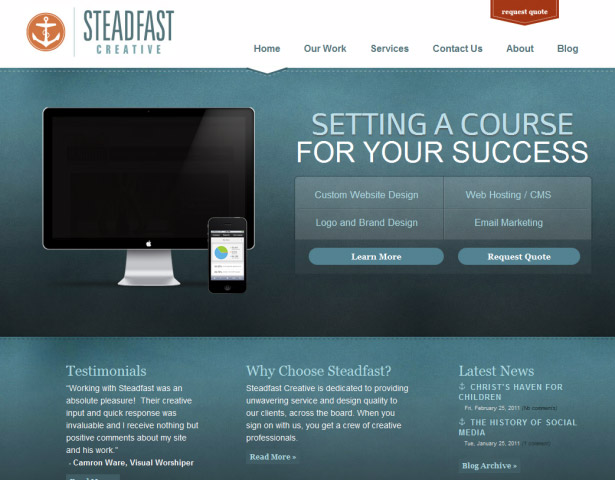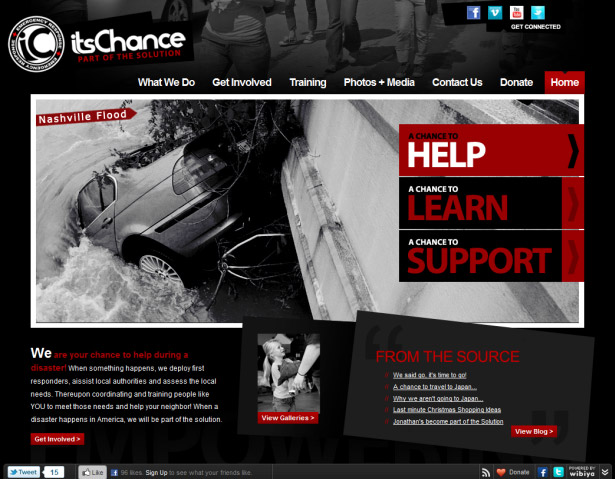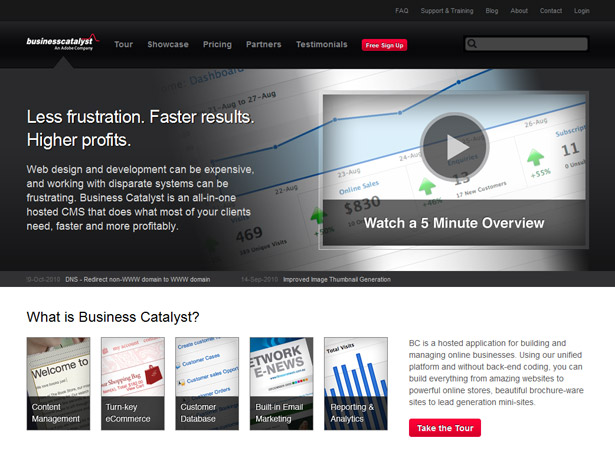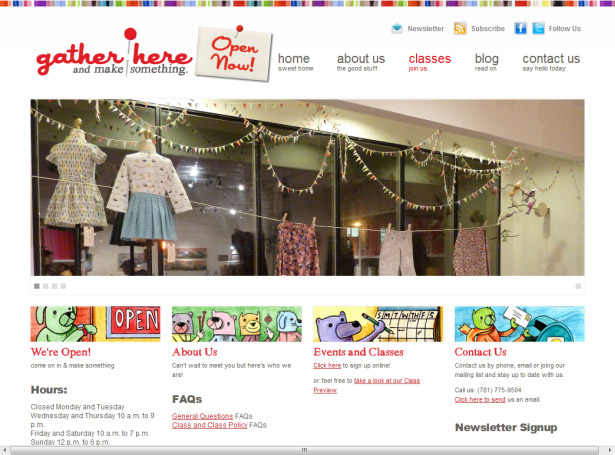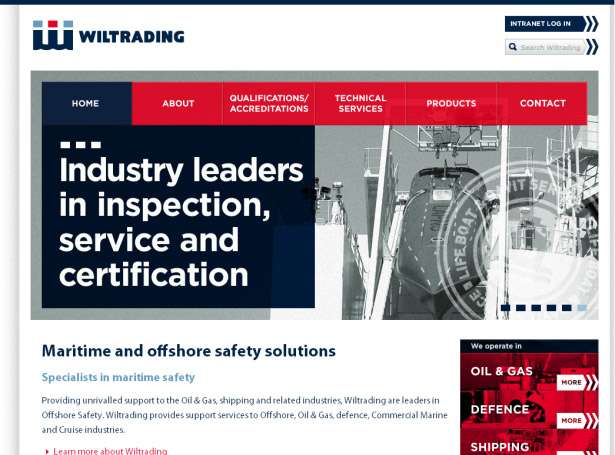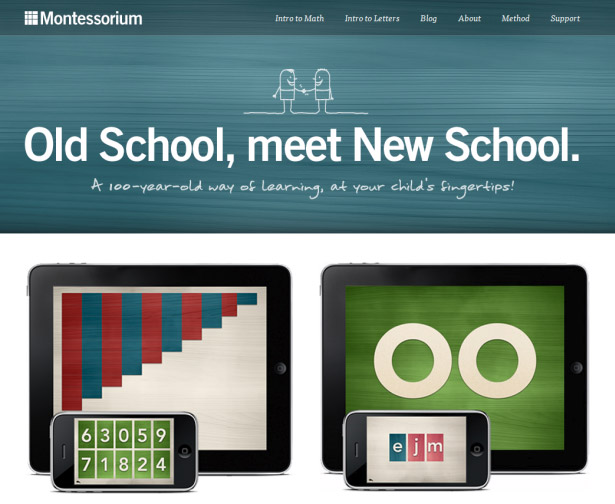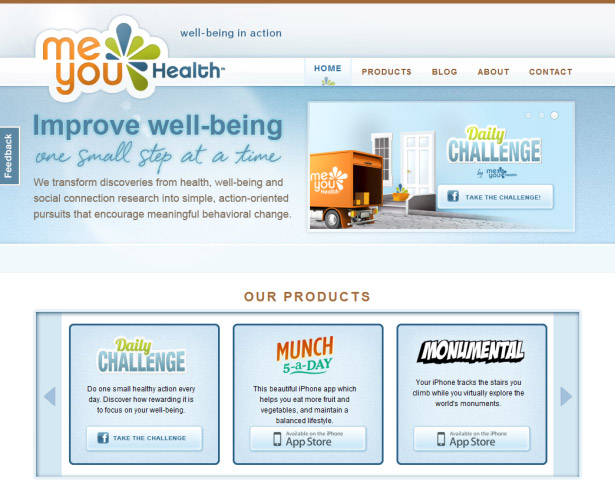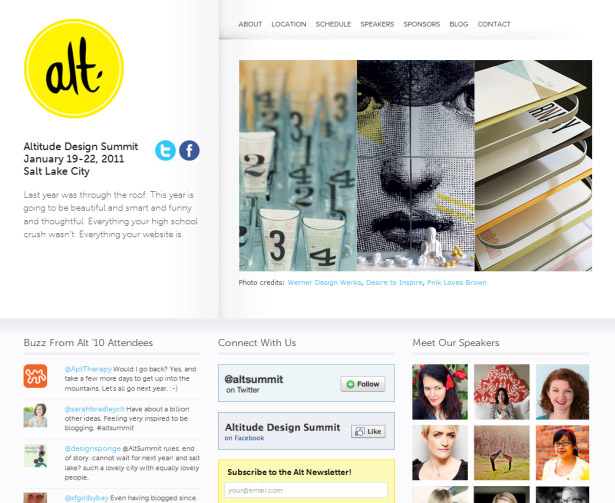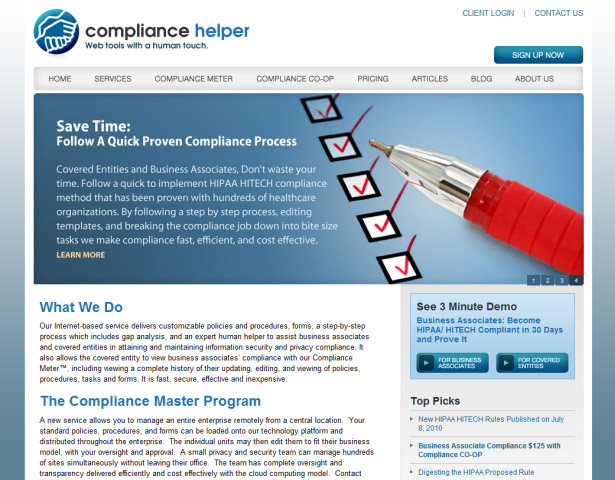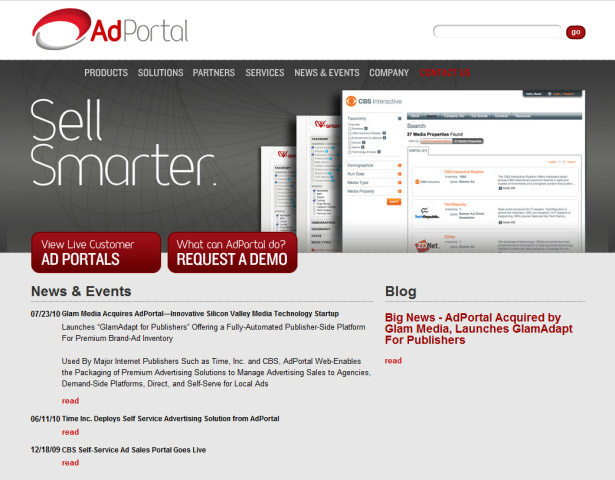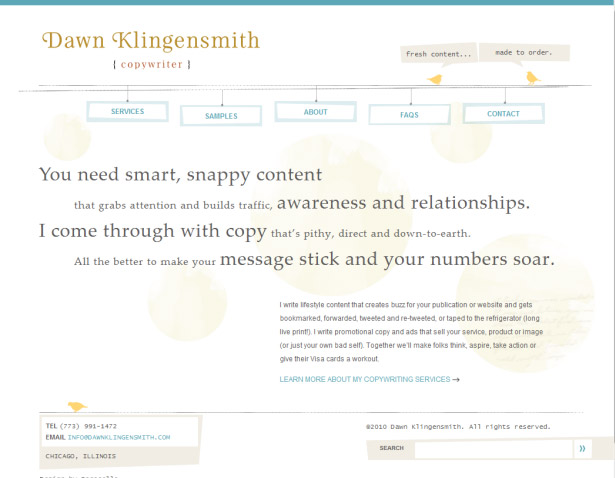 Selecting a content management system on which to run a business website is an important decision. Businesses have needs that are more targeted than individuals, and many of the hosted options available don’t quite fit the bill. Fortunately, there is a range of hosted content management systems that are packed with powerful features. Even better, these hosed platforms tend to be extremely easy to use and quick to develop on.
Selecting a content management system on which to run a business website is an important decision. Businesses have needs that are more targeted than individuals, and many of the hosted options available don’t quite fit the bill. Fortunately, there is a range of hosted content management systems that are packed with powerful features. Even better, these hosed platforms tend to be extremely easy to use and quick to develop on.
Before selecting a hosted platform, carefully asses your client’s needs. From there, you can narrow the field until you find a platform that suits the client perfectly. Given the broad range of options available, I have selected five top-tier options to review here.
Hosted CMS’ tend to be targeted to audiences that are keenly interested in simplicity. By contrast, most business-oriented hosted platforms offer a wide range of features. They essentially attempt to cover all of the basic features that a typical website owner might want. Because of this, you will find that many hosted platforms offer tremendous value and savings for your clients.
The hosted platforms covered below represent some of the most powerful content management systems available today. It is truly mind boggling how easy it can be to build a robust and beautiful website. Let’s dig in and see what these platforms have in store for us.
1. Vae
Vae (formerly Verb) is an all-in-one CMS, e-commerce and email marketing platform. Vae takes a slightly different approach to building pages and content. A typical CMS makes use of templates, modules or blocks. Vae, on the other hand, allows you to build pages as standard HTML and CSS files, and simply add in special Vae tags known as VerML. This special mark-up allows you to define dynamic content regions, repeated elements and custom defined content in the CMS.
At the heart of the CMS is a robust system for defining the properties of the content that you will be managing. You are free to add as many fields as you need to define a set of content. So, instead of having modules that define certain types of functionality, you are free to build components that match your needs.
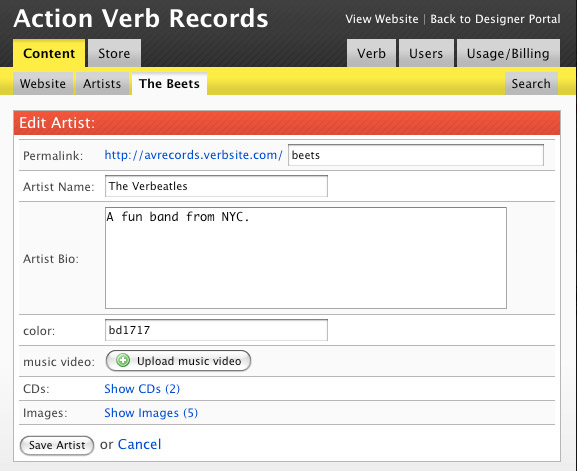
In addition to its fresh take on content management, Vae offers a full range of e-commerce features. This includes standard shopping-cart functionality, analytics, real-time shipping calculation and many other standard e-commerce features.
Finally, the platform has a built-in email marketing system that enables users to market to their customers. Even better, this email marketing engine integrates with the e-commerce features to enable powerful targeting. This full-circle integration is the sort of thing that draws people into hosted platforms.
Basic features
- FTP access
- Built-in Subversion repository
- Full server access for third-party integration (e.g. WordPress)
- Image management and editing
- Video encoding tools
- Content definition system for dynamic content
- HTML and CSS standards-compliant
- AJAX support
- Full e-commerce support throughout
- CRM and customer tracking
- Email marketing and list-management tools
- Analytics
Stand-out features
A hosted and hosting platform
Unlike most hosted platforms, Vae plans come with full access to what you would expect from a typical web hosting company. You can FTP to its servers, run custom PHP scripts and access MySQL databases. This means you can actually install third-party apps like WordPress and vBulletin. Once one of those systems is installed, you can embed VerbML tags in it, in effect layering Vae content on top of the system. This means you get the stability and protection of a hosted platform and the freedom to embed other open-source systems. This is an industry-changing feature that is tough to wrap your head around at first.
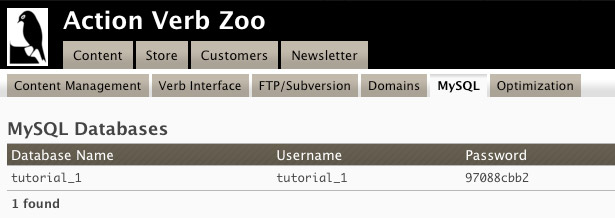
Local preview server
One of the more frustrating holes in hosted platforms is that you cannot run development environments without setting up multiple accounts. Vae offers a tool that actually allows you to run local versions of your website and test your code prior to loading it to the server.
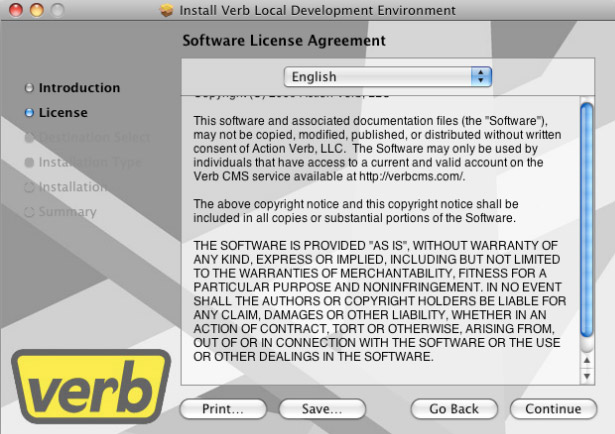
Version control via Subversion
Hardcore developers are usually frustrated by the lack of version control in hosted CMS’. Sure, you can go online and revert pages to previous versions, but Subversion is a more powerful option that developers have become accustomed to using. With Vae, every website comes fully equipped with a hosted Subversion repository. The repository can be used to manage deployments and rollbacks, making Vae a hosted platform that easily supports batch updates to a website.
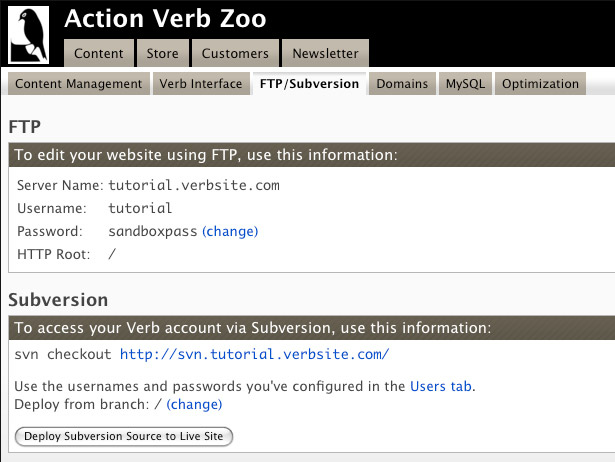
Pricing
Hosting on Vae can be rather pricey, depending on the scale of your needs. Pricing ranges from $19.95 to $249.95 per month.
Sample websites
2. Light CMS
Light CMS is a content management system targeted at web designers. Its focus is on design flexibility, ease of implementation, and simple content management for maintainers. The focus on designers seems to have shaped how the system was built. Not only is it super-easy to get started with, but it is flexible enough to handle standard HTML and CSS, which allows you to easily use your front-end skills on your first Light CMS website.
The content tools are where Light really shines. In most systems, users have to build and define modules and then figure out how to get them onto pages. Light CMS turns this upside down by allowing users to define and insert content directly onto pages. This minimizes the unpredictability of bolting modules onto pages. You get to see where a module will appear and how it will look as you define it and populate it with content. Even better, you can drag and drop content blocks to rearrange them on the page.
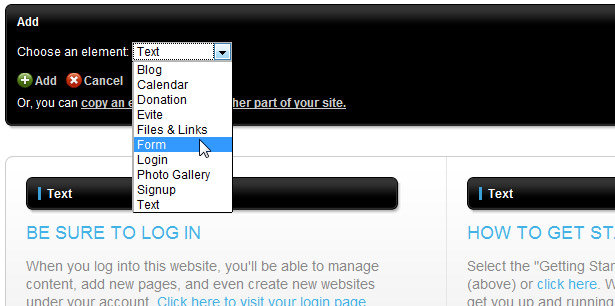
Because Light CMS was built to appeal to designers, it offers total control over the system and its output. No hidden elements are locked away in controls that cannot be modified. Even better, the CMS comes loaded with more than 80 templates, all gorgeous, fully integrated and ready to go.
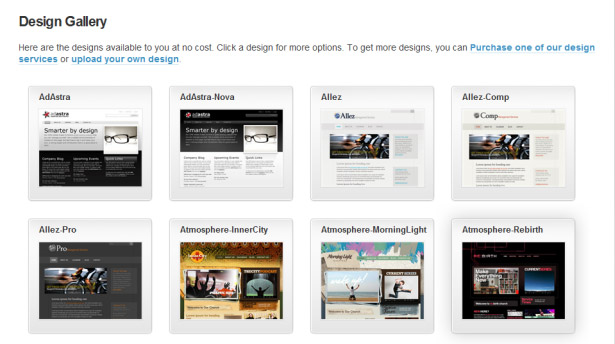
Finally, Light CMS comes with a fantastic set of reseller tools that enable developers to build a revenue stream off of websites that they sell. Of course, if you’re going to be padding the price of the CMS, then you’ll have to add some value to make it worth it for your customers (a fantastic example would be personalized one-on-one support).
Basic features
Light CMS is packed with features:
- FTP access
- SSL security
- Free templates
- HTML and CSS standards support
- In-place editing tools for drag-and-drop building
- Photo gallery modules
- Integrated form builder
- Blogs, podcasts and RSS feeds
- Calendars and events
- SEO-friendly complete with XML site maps and custom robots.txt files
- Fully-integrated e-commerce and shopping cart solution
- Admin user management with granular permission control
Stand-out features
An approachable platform
Light CMS walks a fine line between simplicity and power, a difficult position to maintain. If the system is too simple, you lose the ability to serve clients’ needs. If it is too complex, it will be difficult to grasp. The creators have succeeded in making this system dead simple and extremely easy to grasp. Most CMS’ are a bit intimidating as you dig around to figure out where to do things. But as soon as you log into your first Light website, you immediately can tell where to add, edit and delete content. That is a remarkable feat and makes this a fabulously appealing system. LightCMS includes a fully-featured e-commerce and shopping cart solution that's available on every website. The system allows you to add and customize products on any page as well as manage back-end store operations like order fulfillment and customer management.
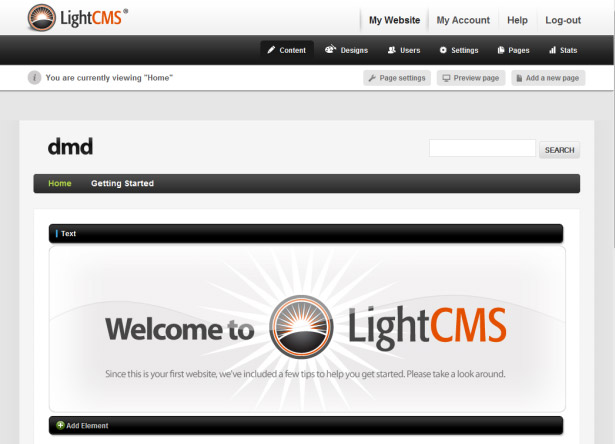
Unique module approach
Having worked with many CMS’, I can confidently say that the in-context model of creating modules is rather unique. This is probably the defining aspect of this CMS; it makes it fun to explore the system and see what’s possible. It drastically minimizes the admin interface and allows you to stay on the page during the entire process of editing content.
Free templates ready to go
This platform comes packed with more than 80 templates that are ready to go. These fully integrated templates can be instantly activated, thus setting the stage for a business model built on leveraging templates to serve low-budget clients. Does a client of yours have only $3,000 to spend? Such a budget might normally prohibit you from working with them. But with these beautiful pre-built websites, you can help them. Learn to re-skin these templates and you will be able to crank out websites with amazing speed and efficiency.
Pricing
You can start a basic website for free, and go right up to $99 per month. Amazingly, all features are included at every price point. But the bigger your plan, the more content you can add.
Sample websites
3. Business Catalyst
Business Catalyst is a hosted CMS by Adobe targeted at business owners. This all-in-one system aims to combine all of the critical business tools that a small business would need online, including blogging, e-commerce, CRM, email marketing and analytics. While this is not unusual for a CMS, the focus on business owners is.
This business owner-oriented approach is evident from the moment you log in. We are first greeted with a data-driven dashboard-style view of our website. This focus on results will appeal to business owners and help them feel informed about their website’s performance.
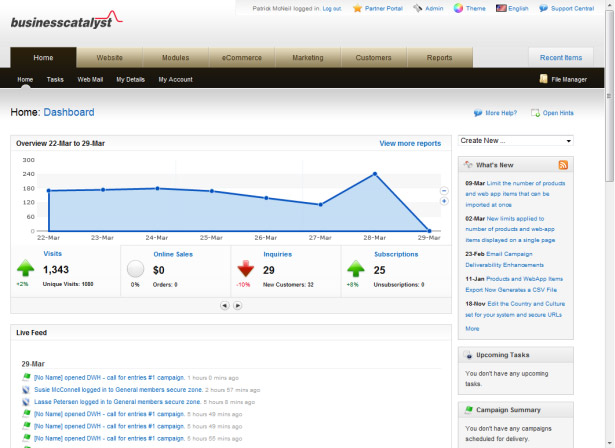
From a developer’s standpoint, one interesting thing that Business Catalyst has going for it is Dreamweaver integration. Given that the platform is owned by Adobe, it is no surprise that this is a critical selling point. The integration allows developers to work in a familiar environment, and it facilitates the meshing of CMS-based content with templates and pages.
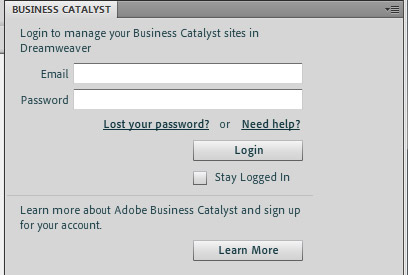
Another aspect of Business Catalyst that will appeal to business owners is its powerful reporting tools. You can view pre-built reports, as well as define and save custom reports. The reports merge data that is collected throughout the website and that plug into the customer management system. You can not only view report data, but also perform useful functions such as adding customers from a report to a particular email marketing campaign.
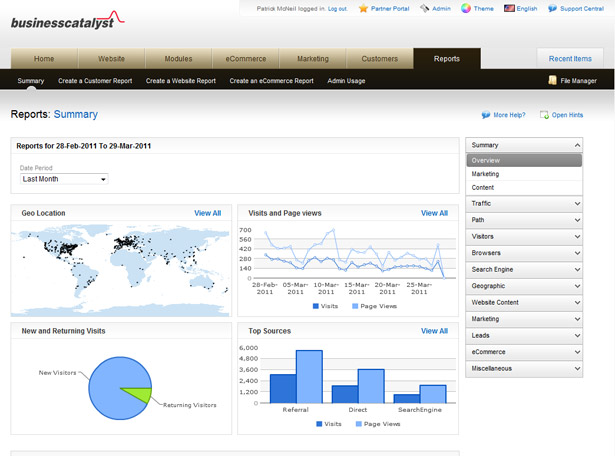
Basic features
This business-oriented platform is packed with features:
- Standard content management
- Blogging
- Comments on anything
- Forums
- RSS feeds
- Secure zones and paid memberships
- Re-usable content holders
- Dreamweaver integration
- E-commerce integration with built-in SSL
- Full CRM integration
- Form builder
- Email marketing and list management
- Web apps for repeatable content sets
- Analytics and reporting
- Template-based website building
- Email and DNS hosting
- Custom workflows
Stand-out features
Web apps
While easy to overlook, web apps are a killer feature of Business Catalyst. The simple tool allows you to define a set of data with custom fields. You can then skin the output of this in the list and detail views. This makes it dead simple to integrate slick jQuery modules, and it allows clients to easily manage them. For example, in a few minutes you can set up a Nivo Slider that customers can populate, zero coding required. Basically, any repeating set of HTML can be converted into a client-manageable list.
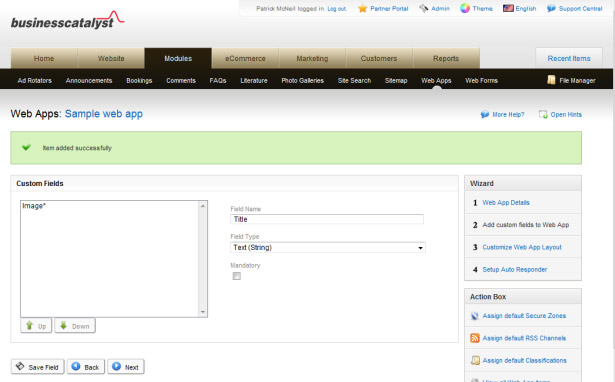
Secure zones
Secure zones allow you to quickly (i.e. in less than 15 minutes) build secure sections of a website for sharing with users. You can instantly build registration forms, log-in pages and password-resetting systems. This feature set can be leveraged in countless ways and can turn an otherwise complex task into a simple matter. Even better, you can use the e-commerce components to sell access to sections of the website on a one-time or recurring basis.
Customer Management
One rather distinct feature is the system’s ability to show a summary of an individual user’s activity. In one place, a business owner can view nearly everything a user has done on the website; things like product purchase history, email list membership and website activity. Imagine going to a single place to see that a user has clicked on your email campaign, registered an account and purchased a product. You can’t readily get this kind of integration in solutions built on separate systems. It is one of the core features targeted at business owners who want to make life simpler.
Pricing
Hosting plans with Business Catalyst range from $9 to $39 per month. Available features are based on the plan you purchase. If you would like to be a reseller, Adobe has partner programs ranging from free to $1,995. Again, the more you pay, the more features are available to you.
Sample websites
4. Squarespace
Squarespace is a CMS focused on satisfying those who want an integrated blog, content and portfolio website. While this is rather common, Squarespace includes some powerful tools that put it in a category all its own. Focusing on in-context design and editing, this platform offers a design- and build-as-you-go approach that makes you reconsider how you build websites. Essentially, there is no admin panel in this CMS. Once logged in, you browse the website and perform all of the editing on the website in real time.
This real-time editing has four modes: content editing, structure editing, style editing and preview. This function-oriented approach means you can update the content of a page in real time and also tweak the style as you go. Want to make a heading a bit larger? Simply go into style editing mode and quickly make the change using the point-and-click interface. Need to add a block of content? Turn on structure editing mode and add widgets to the page in real time.
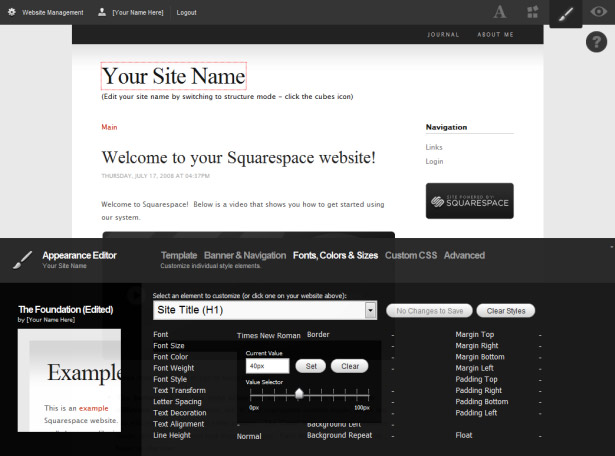
You can build pages from both modules and pre-built pages, based on functionality. The pre-built functionality is fantastic for building websites very quickly. It is also empowering, allowing owners to easily add the kind of complex functionality that would normally require the help of a developer.

Basic features
Squarespace offers some enticing and unique functionality:
- Managed content
- Blogging
- Social media integration
- iPhone- iPad-based management
- Blog importing tools
- Analytics
- Large selection of beautiful templates
- Photo galleries
- In-context editing
- Form building and data collection
- 20+ content type modules
- Real-time designing
Unique features
Packaged functionality
The functionality-oriented approach of Squarespace is incredible for building complex features that would cost far more to build separately. Something as simple as embedding a widget that allow users to instant message you is the sort of thing that amazes clients and is usually very painful to pull off. Adding a Google map with custom markers is also very easy.
Free templates
The built-in templates offer a variety of starting points for your website and are very easy to customize with the point-and-click interface. Sure, you can achieve whatever you want through CSS, but by doing all of the editing in the GUI, you ensure that clients are able to work with the website over the long haul. The client’s ability to maintain the website will save them money and keep you out of the minor-update business.
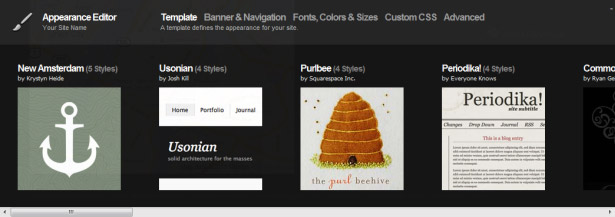
Dynamic layouts
One rather amazing feature is that you can select overall structures on the fly. Prefer a three-column layout? Simply select it from the appearance editor. Being able to dynamically control the formatting of the page will get you to the finish line much faster. Such needs typically force you to work with the raw code that powers a template—not always the case with Squarespace.
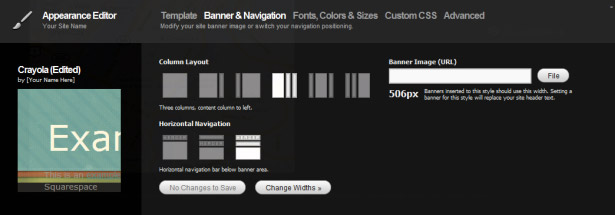
Pricing
Squarespace hosting fees range from $10 to $40 per month. The three price points come with different feature sets.
Sample websites
5. Webvanta
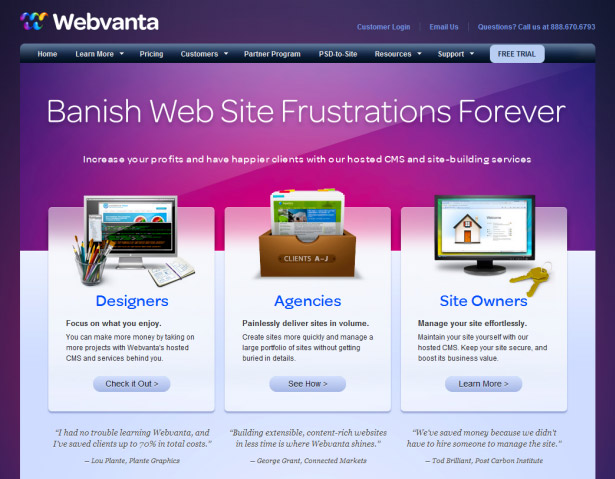
Webvanta offers a unique approach to starting a website. You are prompted to select from a list of “smart themes.” These templates are bare-bone designs but come with common features depending on the type of template. They’re like a giant shortcut. Fortunately, they are trimmed down enough that re-skinning is not a problem.
The Basic smart theme comes configured with Typekit fonts, the Blueprint CSS framework, jQuery, Superfish drop-down menus, as well as a blog, photo gallery, video player, calendar and contact form. It is set up to handle commonly needed functionality without pre-determining the look and feel. The set-up requires a bit of getting used to, because someone else has configured it. Once you’re acclimatized, though, it is the sort of thing that can be massively efficient.
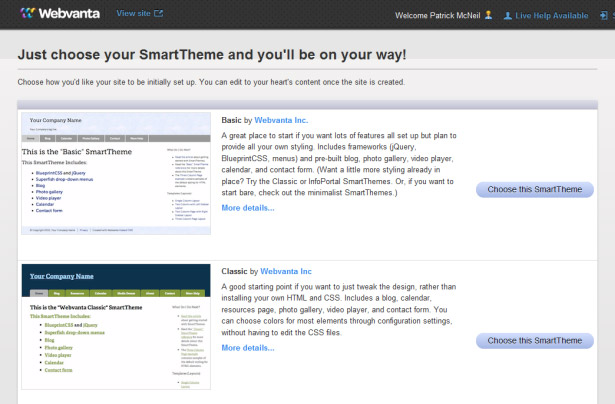
Webvanta relies on the standard template formula. Templates are built as separate components, with special tags to define content regions. Various modules can be bolted on to these templates, and of course the templates are then associated with pages as you create them. While not a revolutionary approach, it makes it remarkably simple to jump around and build the required components.
While the template pattern is conventional, the system has been extended to allow templates to be built out of components. You’ll find an easy management system for menus, templates, snippets, CSS files, JavaScript files and XML feeds. All of the extra bits needed to make a template are organized in such a way that digging through them is remarkably easy. It’s the sort of thing that is hard to describe but easy to love when you see it in action.
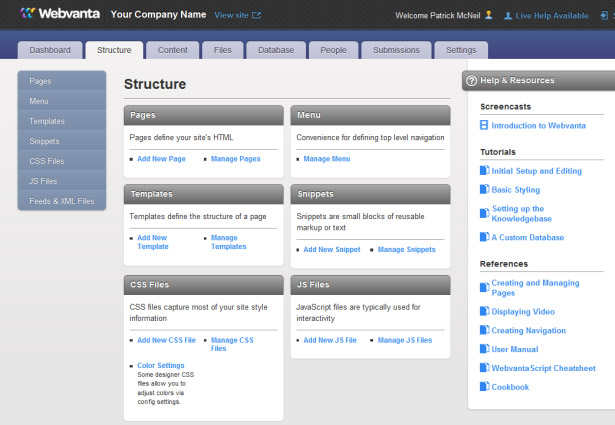
Basic features
- Standard content
- Blogging
- “Information portal” data model
- Form builder
- Photo galleries
- E-commerce
- Event calendars
- RSS feeds
- Search
- Custom database
- Reusable templates and snippets
- Smart themes (i.e. feature sets)
Unique features
Custom databases
One look at Webvanta’s custom database features will immediately get your imagination going. The system lets you easily define repeating sets of data to output to the page. Even better, the admin pages for managing this data are easy to use. The system basically transforms any repeating list of code into a client-friendly low-tech system that the maintainer can work with. So, instead of the user picking through the HTML, trying to replicate something, they use a clear form. Integrate this feature into your websites and clients will love you for it.
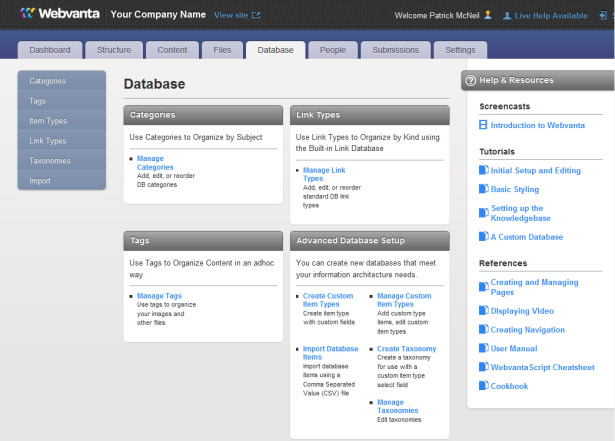
Built-in support for page-specific CSS and JavaScript
I don’t even know how to convey how awesome this feature is. Webvanta allows you to attach custom CSS and JavaScript to individual pages right inside the GUI. This might not seem like a big deal; in fact, you might think it’s a bad idea. But when you consider how much flexibility this allows, it’s fantastic. It avoids two critical pitfalls of many systems. First, it reduces the number of templates required by a website. Secondly, it provides an alternative to inline styles that is equally easy to implement. The ability to attach custom styles and JavaScript to individual pages can reduce site-wide confusion. Webvanta also allows you to install third-party jQuery components insanely easily.
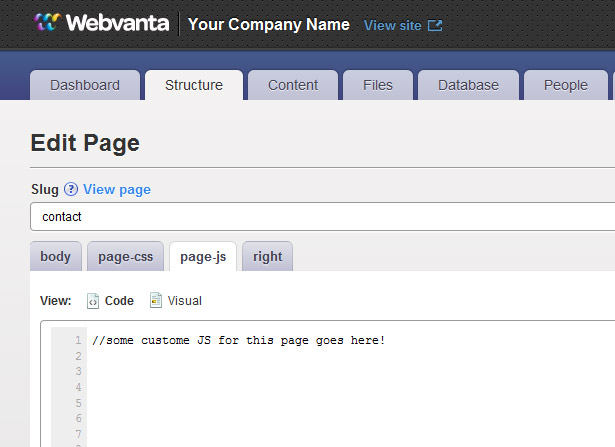
Powerhouse snippets
Reusable components are a fundamental building block of template systems. Webvanta offers such functionality with a bonus. Its snippet engine allows you to embed custom Webvanta tags (the same ones used throughout the website), thus allowing complex functionality to be easily bolted onto any template or page as needed (such as a customized list of recent blog posts). The power of this becomes apparent once you realize that the basic building blocks of the system are fully accessible. No magic tags will render code uneditable.
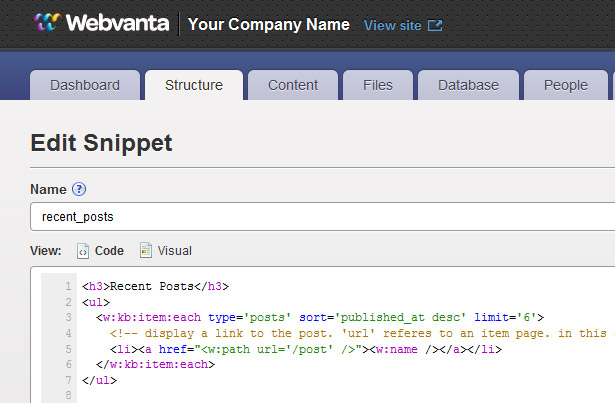
Pricing
Webvanta offers a range of price points, from free forever to $99 a month. With five price points to choose from, you should be able to find a price and feature combination that works for you.
Sample websites
Conclusion
As you can see, all of these systems have distinct features that make them fantastic options under different circumstances. The purpose here is not to say that one is better than another.
Each person has to find the tool that will dramatically improve the way they work. Locking ourselves and our clients into a single platform can be tempting, but we should keep our options in mind so that we can recommend the ideal platform.
Disclaimer: WDD and the author were not way compensated to review these particular products and this review is based on the author's opinion only.
Reviewed exclusively for WDD by Patrick McNeil. He is a freelance writer, developer and designer. In particular, he loves to write about web design, train people in web development and build websites. Patrick’s passion for web design trends and patterns can be found in his books on TheWebDesignersIdeaBook.com. Follow Patrick on Twitter @designmeltdown.
Have you tried these CMS? Which one do you prefer and why?

